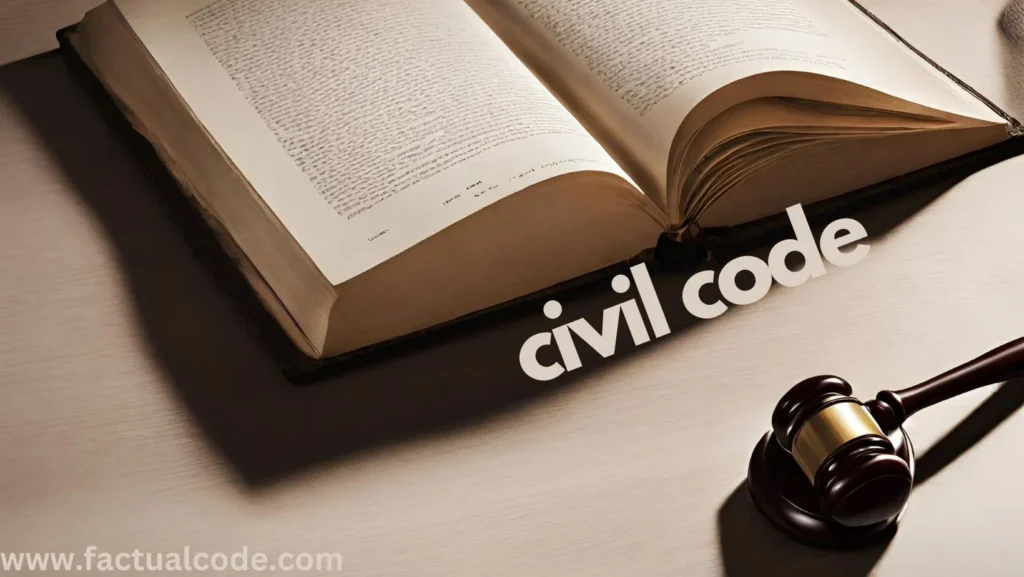Introduction 


In civil cases, parties may want to challenge a judgment they believe is unfair or incorrect. The law provides for appeals so that higher courts can review decisions of lower courts. A first appeal allows a party to challenge both the facts and the law. A second appeal, however, is much narrower. Under the Civil Procedure Code, 1908 (CPC), a second appeal can only be made when there is a substantial question of law. It is not meant to rehear the entire case but to correct serious legal mistakes, ensuring fairness while bringing disputes to a final conclusion. For instance, if both the trial court and the appellate court misinterpret a key statute, a second appeal allows this error to be corrected.
Legal Provisions 


The main CPC provisions governing second appeals include:
Section 100 CPC – A second appeal lies to the High Court only if it involves a substantial question of law.
Section 100(2) – Applies even if the earlier appeal was decided without hearing one of the parties (ex parte).
Sections 100(3)–(5) – The memorandum of appeal must specify the substantial legal question, and the High Court must frame it before hearing the case.
Section 100A – No further appeal is permitted against the decision of a single judge in a second appeal.
Sections 101–102 CPC – Second appeals are barred except as provided under Section 100, and they cannot be filed in small cause suits where the subject matter is valued at less than ₹3,000.
Section 103 – The High Court may decide certain factual issues if the lower courts failed to address them.
Order 42 CPC – Lays down the procedure for second appeals.
Sections 107–108 CPC – Describe the general powers of appellate courts.
Nature and Scope 


Statutory right – The right to a second appeal is not inherent but exists only because it is created by law.
Limited function – Unlike the first appeal, which can cover both facts and law, the second appeal is restricted to substantial questions of law.
Finality of facts – Findings of fact by the trial court and the first appellate court are usually final.
Ensuring uniformity – The second appeal corrects major legal errors to maintain consistency and fairness in the justice system.
Substantial Question of Law 


The CPC does not define the phrase, but judicial decisions provide guidance:
Chunilal V. Mehta & Sons v. Century Spg. & Mfg. Co. (1962) – A substantial question exists if it involves public importance, significantly affects the rights of parties, or remains unsettled by higher courts.
Santosh Hazari v. Purushottam Tiwari (2001) – The High Court must frame the substantial question before hearing the case.
Mahindra & Mahindra v. Union of India (1979) – A question of law must substantially affect the outcome of the case to be considered substantial.
Examples where a substantial question may arise:
Judgment delivered without any supporting evidence.
Misinterpretation of statutes or important documents.
Incorrect allocation of the burden of proof.
Reliance on evidence that is legally inadmissible.
Examples where it is not substantial:
Purely factual disputes.
Concurrent findings of fact by lower courts.
Issues already settled by the Supreme Court.
Questions of Fact and Mixed Questions 


General rule – The High Court does not consider pure questions of fact in second appeals.
Exception (Section 103 CPC) – If lower courts fail to decide an essential issue, or if their findings are legally flawed, the High Court may intervene.
Mixed questions of fact and law – Issues requiring the application of law to facts (e.g., whether a property is ancestral) may be taken up in a second appeal.
Judicial Approach and Case Law 


Anant Mills v. State of Gujarat – The right to appeal is statutory, and conditions attached to it are valid if reasonable.
Jadu Gopal Chakravarty v. Pannalal Bhowmick – The Supreme Court allowed examination of fraud under Section 103 when lower courts had ignored it.
Haryana State Electronics Dev. Corp. v. Seema Sharma – The High Court could address unexamined issues essential to justice under Section 103.
Bharatha Matha v. R. Vijaya Renganathan – The High Court may interfere if lower courts gave decisions that were perverse or showed non-application of mind.
Limitations on Second Appeal 


No second appeal lies in suits valued below ₹3,000.
No further appeal beyond the second appeal is allowed.
Even if lower courts make factual errors, the High Court cannot interfere unless a substantial legal question is involved.
These restrictions exist to prevent endless litigation and ensure finality in judicial proceedings.
Conclusion 


The second appeal under CPC is not an opportunity to re-argue the entire case. It is a special remedy aimed solely at correcting significant legal errors. The 1976 Amendment limited second appeals to substantial questions of law, making the process more focused and efficient.
In short: while the first appeal reviews both facts and law, the second appeal is confined to substantial legal questions. Its purpose is to maintain uniformity in law and ensure justice without dragging disputes endlessly.
Quick Comparison:
First Appeal: Covers both facts and law; broader in scope.
Second Appeal: Limited to substantial questions of law; narrower in scope.
References- THE CODE OF CIVIL PROCEDURE, 1908 www.indiacode.nic.in www.indiacode.nic.in www.indiacode.nic.in www.indiacode.nic.in www.indiacode.nic.in lawrato.com lawwire.in indiankanoon.org indiankanoon.org indiankanoon.org indiankanoon.org indiankanoon.org indiankanoon.org indiankanoon.org www.scribd.com www.scribd.com














